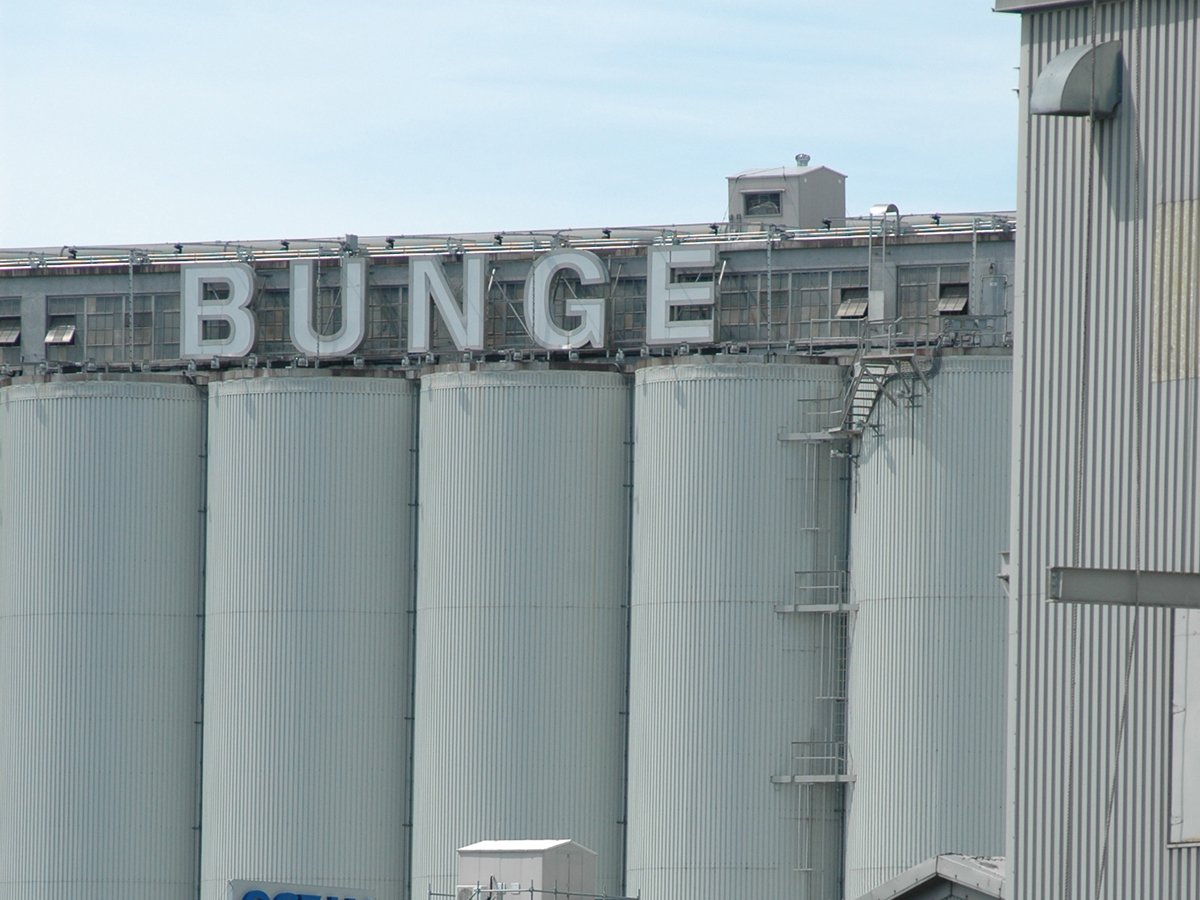REGINA – It’s the prairie version of the famous Pepsi taste test.
Four bottles of water, marked only with letters, sit on the table.
The challenge: Pick the one that tastes best.
The bottles contain Saskatoon tap water, Regina tap water, and two waters treated by a process called reverse osmosis: dugout water and Saskatoon tap water.
Harvey Degelman of Raymore picked his favorite, and he was sure it was the treated dugout water.
“It didn’t have extra taste,” he said. “It was easy to take.”
Read Also

Bunge’s crop mix is changing
Bunge has predominantly been a soybean processing firm, but that’s about to change after the merger with Viterra with softseed processing and grain merchandising gaining ground.
He was surprised when he discovered it was Saskatoon tap water.
Taste test
But looking at the results of the taste test, held last year at Saskatoon’s Mexabition and again this year at Canadian Western Agribition in Regina, Degelman is in the majority.
At Mexabition, 37 percent of about 200 participants chose Saskatoon tap water as their favorite. This was followed by dugout water, 23 percent; Regina tap water, 21 percent; and Saskatoon tap with reverse osmosis, 18 percent.
In Regina, 38 percent chose Saskatoon tap, 33 percent Regina tap, 16 percent Saskatoon water with reverse osmosis and 13 percent chose the rural water.
The taste test was conducted under a project funded by the Green Plan, Prairie Farm Rehabilitation Administration, SaskWater, Saskatchewan Research Council, Saskatchewan Agriculture and Agriculture Diversification and Development Board No. 37, which includes the Raymore region.
Surprised at results
Larry Eggleton, of the ADD Board, said initially most people were picking Saskatoon tap water, but as more people participated the choices began evening out.
“I’m surprised that dugout water is being rated as high as it is,” he said, referring to mostly urban tasters.
Eggleton said people usually choose a taste that is familiar.
For example, water treated by reverse osmosis, which involves passing the water through membranes made of substances like cellulose acetate, can taste flat because minerals like calcium and magnesium have been removed.
Farm people who have water treated in this manner could find city water has a “taste.”
Similarly, people who say they don’t like the taste of chlorine may find the reverse osmosis water better.
“It’s a matter of personal taste,” Eggleton said.
Darrell Corkal, water quality engineer with PFRA in Saskatoon, said most participants couldn’t detect significant differences in taste.
He said that proves rural water can be made as safe and palatable as urban water.















